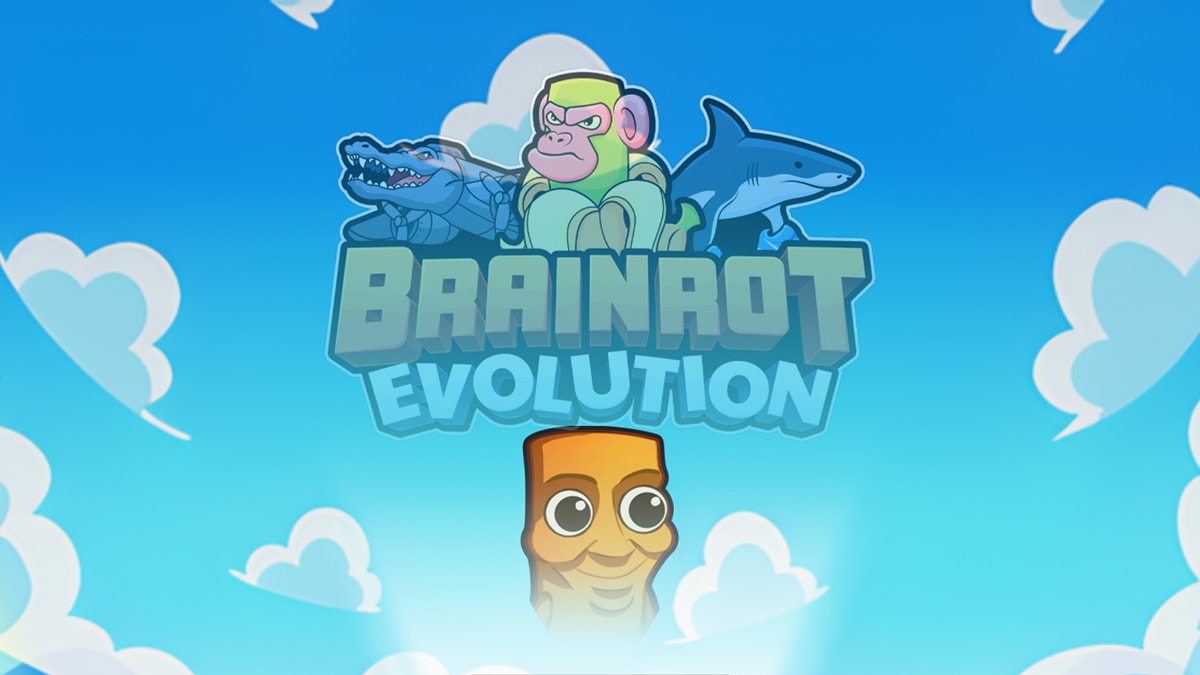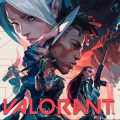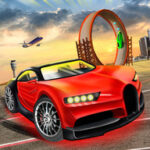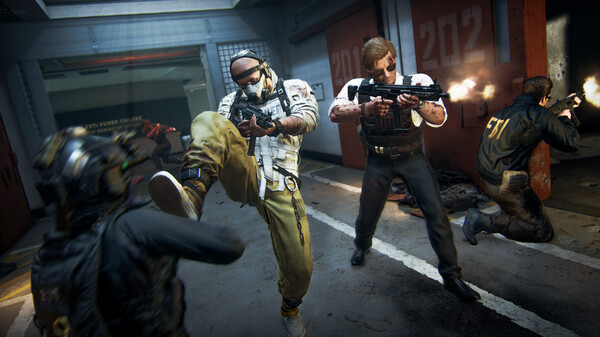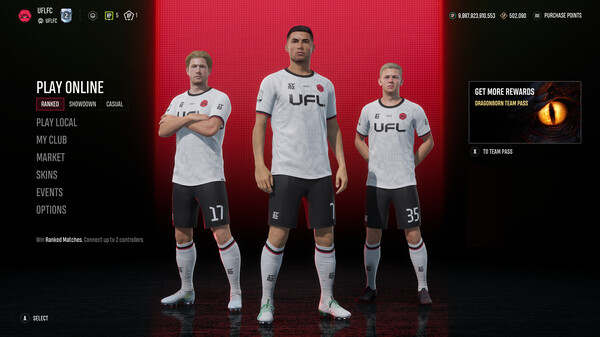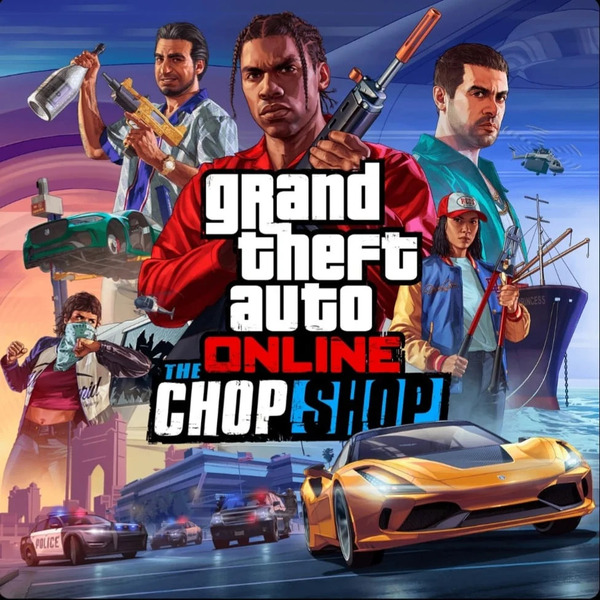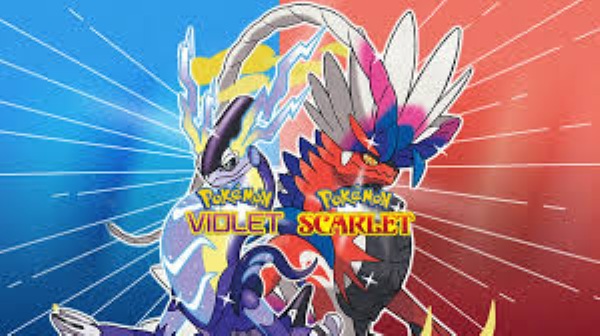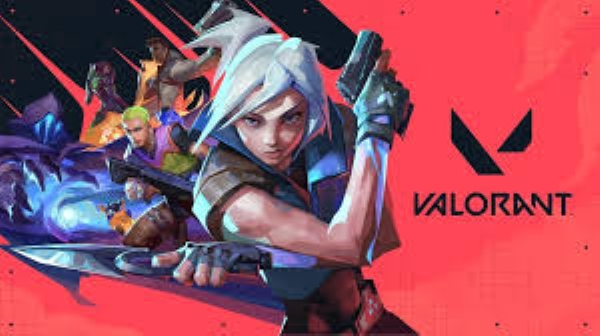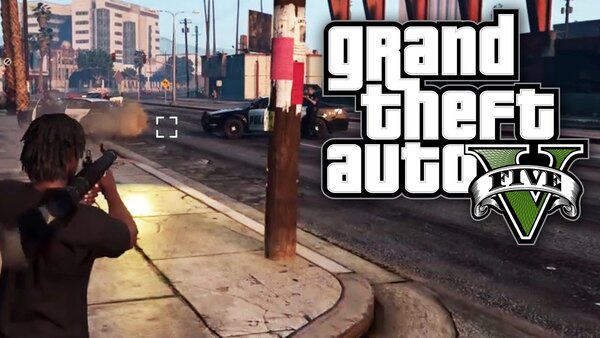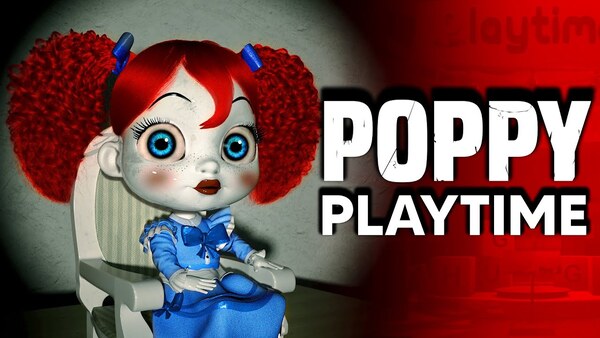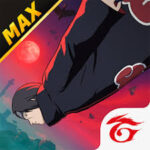Roblox: Brainrot – Chaotic Fun in a Meme-Fueled World
Introduction
Roblox: Brainrot is an irreverent, fast-paced social experience built around meme culture, absurd humor, and unfiltered chaos. As one of the most viral subgames on the platform, Brainrot thrives on randomness, loud audio, surreal scenarios, and unpredictable gameplay. While not for everyone, it has become a cult favorite among players who enjoy high-energy, unstructured fun.
Concept and Vibe
What Is Brainrot?
A sandbox-style game on Roblox known for its chaotic, joke-heavy design. It's less about goals and more about mayhem.
Why It Stands Out
- Unfiltered humor and meme references
- Breaks Roblox’s usual structure and expectations
Gameplay Overview
Mechanics
- Randomly generated minigames or free-roam antics
- Use weird tools, vehicles, and meme-based weapons
Interactions
- Player trolling, voice chat chaos, and collaborative nonsense
- Giant heads, exploding toilets, dancing NPCs
Visual and Audio Style
Aesthetic Choices
- Low-poly design, bright colors, and glitchy effects
- Intentionally unpolished for comedic value
Sound Design
- Over-the-top memes, distorted audio, viral soundbites
- Sound can be loud and jarring—part of the humor
Popularity and Community
Viral Appeal
- Streams and YouTube clips boost visibility
- Popular among Gen Z for its TikTok-worthy content
Social Play
- Best with friends or in crowded lobbies
- Encourages inside jokes and shared absurdity
Customization and Progression
Character Modding
- Equip hilarious skins, hats, and meme-based cosmetics
- Unlockables through playtime, not real money
No Formal Progression
- The lack of objectives is the point—it’s about the moment
Events and Updates
Limited-Time Modes
- Occasional meme events like "Ohio Mode" or "NPC Takeover"
- Rapid update cycles to stay culturally relevant
Community Influence
- Developers often respond to popular memes or community challenges
Overall Rating
8.0/10 – Roblox: Brainrot is meme madness at its finest. It's the kind of game that thrives in short bursts of hilarity and is best enjoyed with friends looking for unpredictable fun.
Conclusion
Brainrot is a love letter to the internet’s loudest corners—chaotic, fast, and totally unserious. If you're in the mood for a Roblox game that breaks all the rules, doesn't take itself seriously, and delivers meme-worthy mayhem every session, Brainrot is your brainless paradise.
